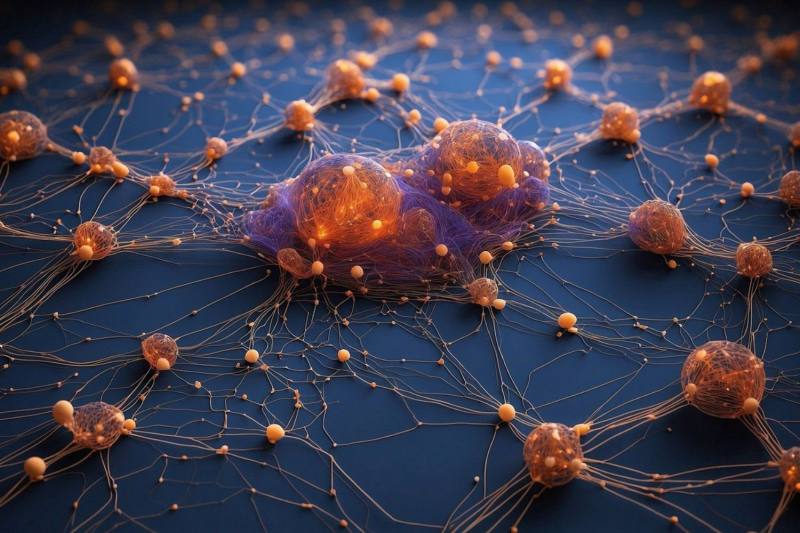
© Pixabay/TheDigitalArtist
This is a historic discovery in the world of medicine. A group of researchers from the University of Wisconsin-Madison claims to have created the first 3D printed human brain tissue that is actually functional. According to their conclusions, published in the journal Cell Stem Cell, such a medical feat could make it possible to fight against neurological disorders such as Alzheimer's disease.
In detail, the scientists announce that they have succeeded in superimposing layers of “bio-ink”. According to the co-author of this major discovery, Su-Chun Zhang “the tissue still has enough structure to hold it together, but it is soft enough to allow neurons to grow into each other and start talking.”
Because this is the whole challenge for scientists, the arrangement of the material used must allow the cells to develop and form networks between them, as in a human brain. Without these connections, it would be impossible to circulate information via neurotransmitters.
Fighting Alzheimer ?
If the applications of such a discovery have yet to be demonstrated, scientists assure that this method of designing a piece of human brain in 3D could be of great help in the fight against neurological diseases.
If scientists are very careful in their conclusions so as not to raise false hopes, they hope that their discovery could one day be used to combat diseases such as Parkinson's or Alzheimer's. In a more scientific way, the construction of a brain using a 3D printer could make it possible to follow its evolution, its growth and the formation of neural networks.
As they specify it in the introduction to their article, the understanding of the human brain has been achieved a lot in history by studying that of other species, but this cannot accurately summarize the way information circulates in our cortex.
The brain, the latest enigma in medicine ?
Scientists hope to be able to learn a lot about how our brains works. It is to date the least well-known organ of the human body. In the more or less near future, the human brain will be the object of all scientific desire.
While some companies like Neuralink in the lead hope to be able to introduce the best of our new technologies directly into our brain, other companies think on the contrary, that we should maintain the ’appearance ’ 8220;natural” of our gray matter but by reshaping it as much as possible to make its imperfections disappear.
📍 To not miss any news from Presse-citron, follow us on Google News and WhatsApp.
325.6  ;k review
[ ]

